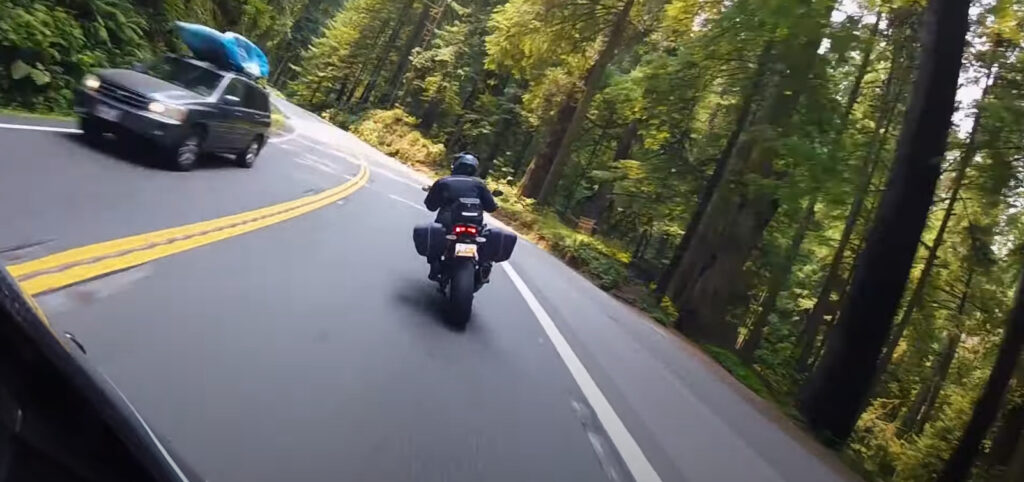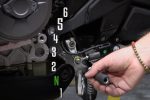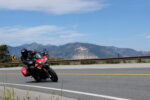Respect the Slowest Part of the Corner
When I first learned to ride, the focus was all wrong — and it set my riding development back for years. Today, I want to share a simple but powerful concept that, once you understand it, will change everything about how you think about cornering on a motorcycle.
Most riders are taught to focus on finding a “suitable entrance speed,” but that’s actually not the main goal. Our real goal should be getting the bike pointed out of the corner. The entrance exists only to get us to the exit — the part that matters most, especially when you look at crash data.
First, let’s define a few terms:
- Apex: Where the bike is closest to the inside of the corner.
- Neutral (maintenance) throttle: Just enough throttle to maintain steady speed.
There are three basic types of corners:
- Entrance corners: More time slowing in.
- Exit corners: More time accelerating out.
- Balanced corners: About equal slowing and accelerating.
Here’s the trick: In every corner, there’s a physical point where the bike needs to be at its slowest and ready to change direction. If you can identify and respect that point, you’ll be able to reduce risk, use less lean, and even ride faster if you want to.

Importantly, the slowest part of the corner isn’t always at the apex — it depends on the corner type. In exit corners (the most common on the street), you should be at your slowest before the apex, so you can accelerate past it. In entrance corners, the slowest part might be at or after the apex.
When you respect the slowest part of the corner:
- You lean the bike less and for a shorter time.
- You maintain more grip and have more control.
- You set up stronger, safer exits.
Even racing legends like Scott Russell and Ben Spies emphasized this approach — slowing more at the right moment, getting direction quickly, and then accelerating harder and safer.
For street riders, it’s not about raw speed — it’s about control, options, and bigger safety margins. Slowing more where risk is highest lets you ride smoother, safer, and with greater confidence.







[…] If you would like to learn more about this subject, check out “Respect the Slowest Part of the Corner“ […]